PORT heads to central China to discover the K11 Art Village – a new initiative of artists residencies incubating the next generation of young Chinese artists
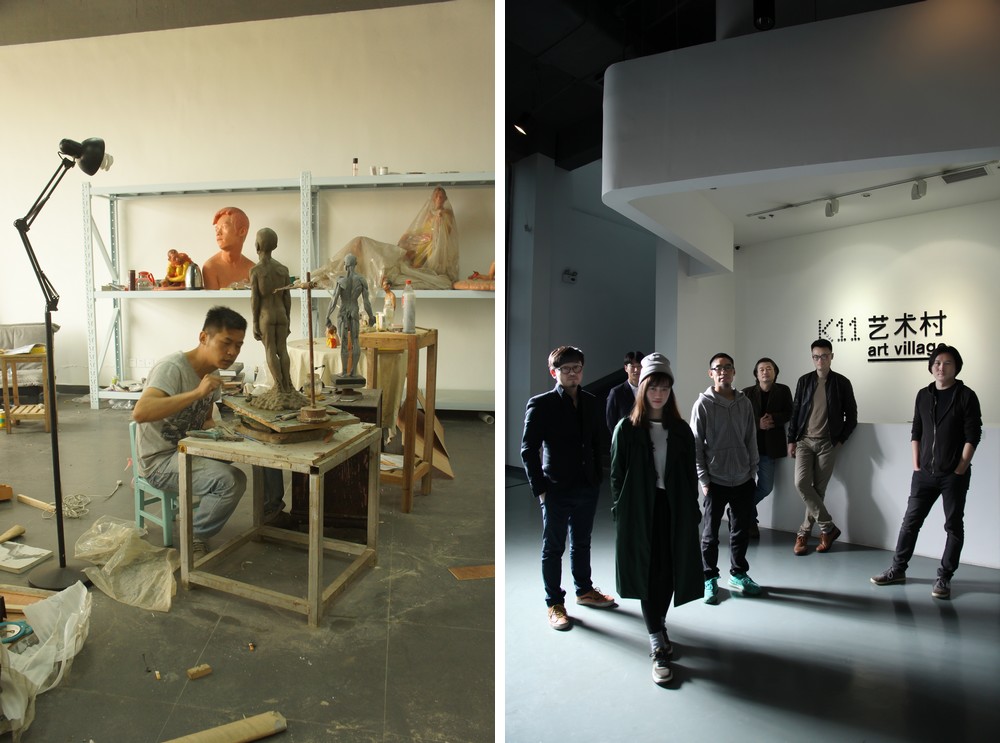
Liu Chang, Wu Shangxuan, Wu Hui, He Rui, Kim Seung-in, Wu Qing, Cai Kai
In 1979, three years after the death of Chairman Mao and the end of the Cultural Revolution, his radical program of sociopolitical change, a group of artists mounted an impromptu exhibition on the railings outside the China Art Gallery in Beijing. Organised by the Stars group, whose members included a young Ai Weiwei, the show celebrated individuality and democracy in the face of the “drab uniformity of the cultural revolution,” in the words of abstract painter Ma Desheng. However, the day after the exhibition was hung, the city police ordered the artists to take it down.
Their subsequent protest march won the artists the right to show their work and their exhibition, viewed by 80,000 people, marked a watershed in Chinese art, breaking away from the restrictive figuration of the state-sanctioned socialist realist style. Although the Stars were forced by the state to disband in 1983, their achievements led to the groundbreaking 1989 China Avant-Garde Exhibition at the National Art Gallery in Beijing, the Political Pop and Cynical Realism movements of the 1990s, and the meteoric rise in curatorial and commercial interest in Chinese art, both locally and internationally.
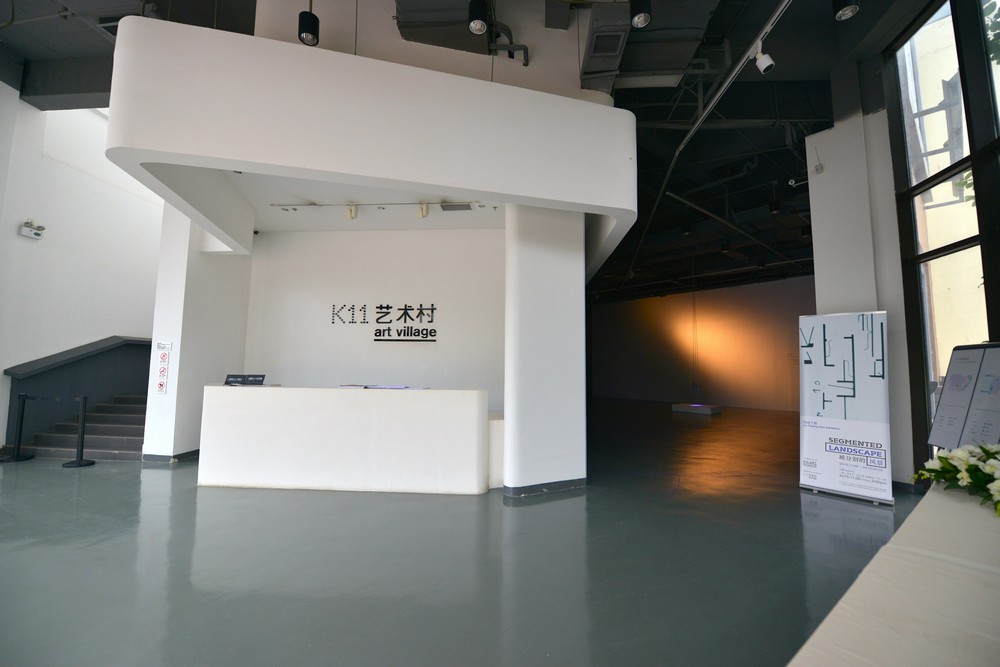
The K11 art village in Wuhan, China, main entrance
Today the Chinese contemporary art market is the fastest growing in the world – surpassing the US in reported art sales in 2011 and with auction house leaders Sotheby’s and Christie’s opening in Beijing in 2012 and Shanghai in 2013, respectively. As China increasingly relaxes its relationship with the West, this growth in the art market appears set to continue. Yet, without a system to incubate and provide opportunity for young artists, such a fertile market risks exhausting its local talent.
“There are so many good artists coming out of China at the moment,” explains Adrian Cheng, a Hong Kong-born businessman and founder of the K11 shopping centres. “But if they have no opportunities, no platform, no one will ever hear about these artists. That’s where the K11 Art Foundation comes in.”
Despite the incredible success of Chinese contemporary art in the past few decades, the K11 Art Foundation (KAF) is one of the first initiatives to specifically nurture emerging talent in China. Founded in 2010, the KAF is a not-for-profit organisation that commissions emerging artists, giving them exposure alongside established artists, and by providing a platform for young curators. Following the ‘Art Malls’ in Hong Kong and Shanghai, which aim to widen an understanding of both domestic and international artists (exhibitions have included Claude Monet and Salvador Dalí) in the Chinese population, and a collaboration with major European institutions such as the Palais de Tokyo in Paris and the Institute of Contemporary Arts in London, the artist residencies at the K11 Art Village in Wuhan forms the next step in the KAF’s mission.
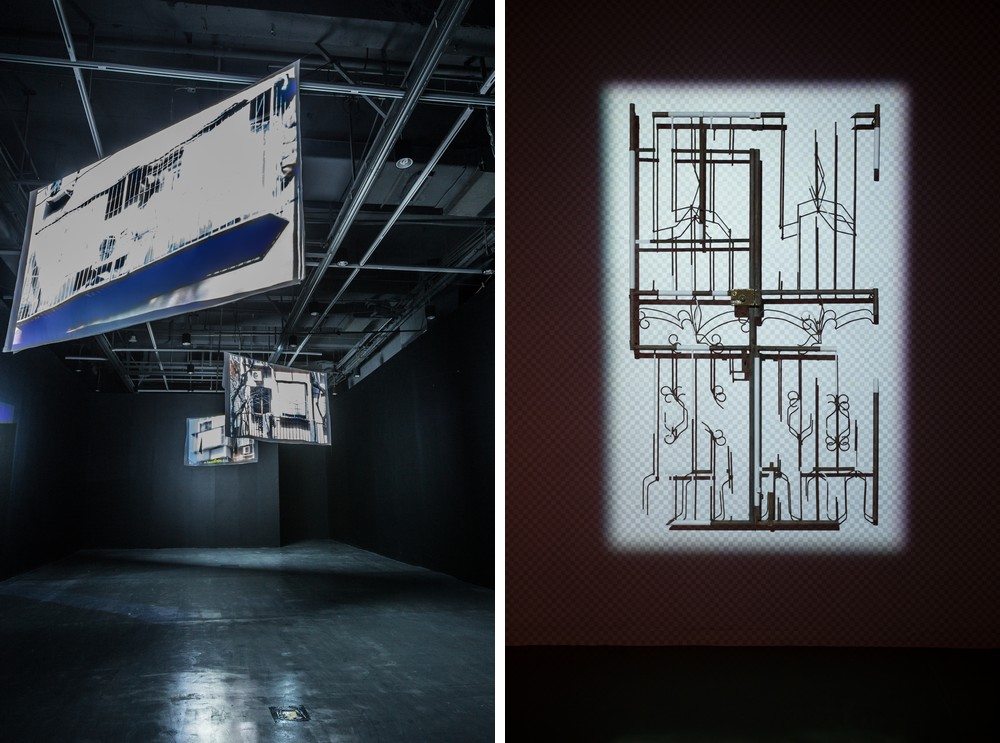
Wuhan is a two-hour flight west from Shanghai and its 10 million inhabitants make it the most populous region of central China. Positioned as a hub for artists from across greater China, the Art Village offers nearly 1,000sqm of space, divided into 11 studios and a gallery, for its year-long artists-in-residence programme. For Cai Kai, a video artist, his studio is an essential part of his creative process, providing a private, quiet place where he can concentrate on his work. “At the moment my video art is not profitable and I have to supplement it with design work,” he says, above the hum of the projector screening his films. “But if I didn’t have this space, I would find it difficult to make art in the first place.”
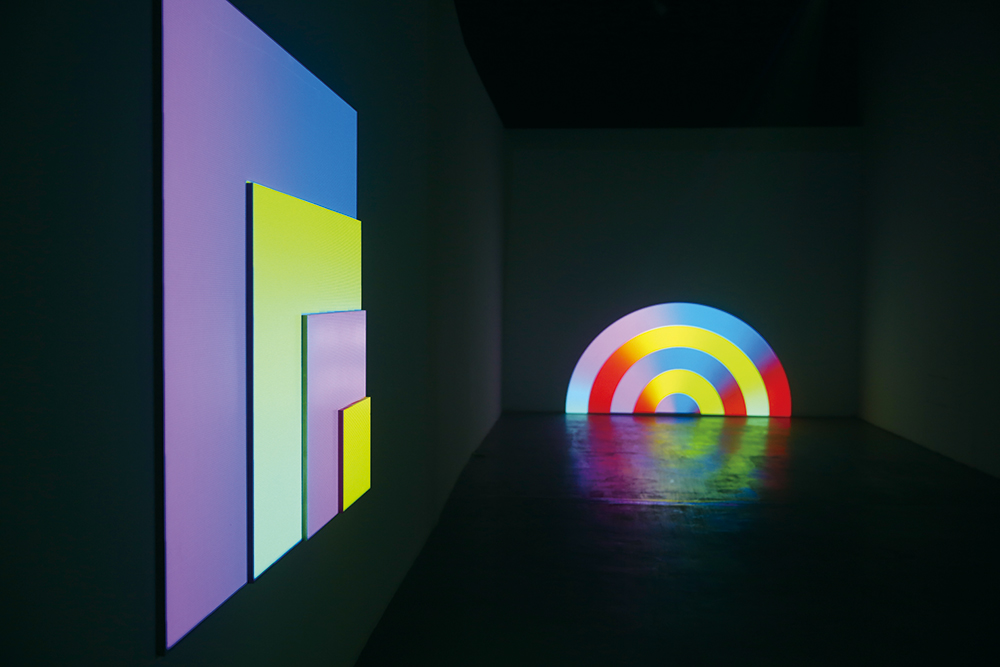
Upstairs is the studio of Chen Shunlong, who keeps himself busy with the books, materials and tools he uses to make his abstract work, which is inspired by traditional Chinese techniques. “I’m very grateful for this studio”, he tells me when I ask what the Art Village means to him. “I have much more freedom than if I was with a gallery – I’m not contractually obligated to make work… I can experiment here”. Like Cai, he supplements his artistic career, lecturing at the nearby Hubei Polytechnic University, but he hopes to be able to continue professionally as an artist once he has completed his residency. “My work has really developed here and recently I had an auction of my work in Hong Kong which went very well, so I’m optimistic.”
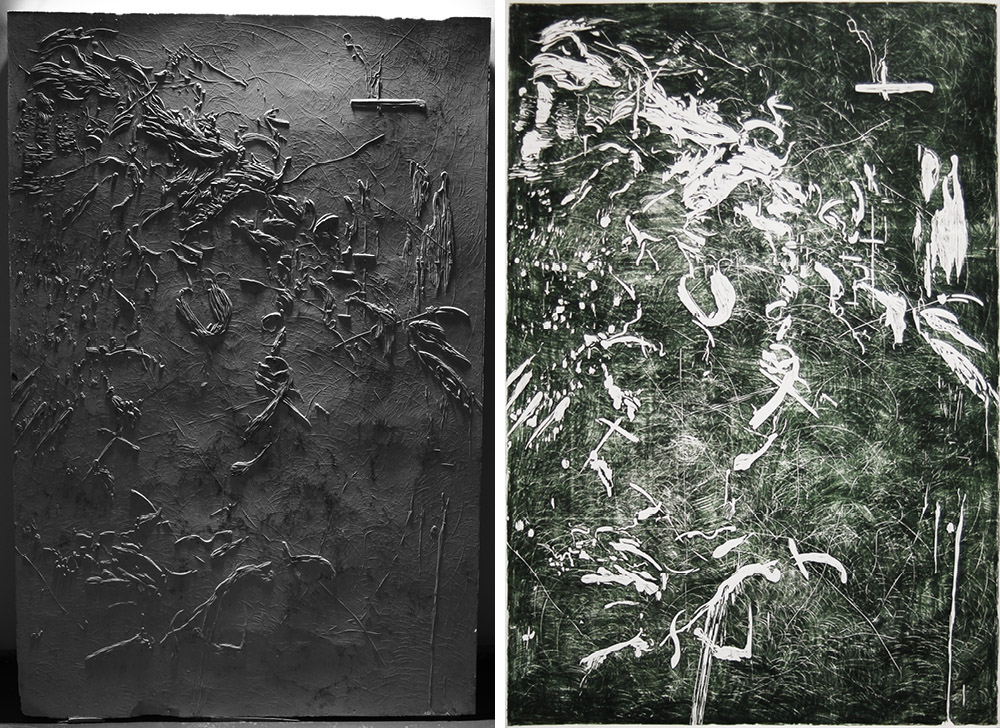
Walking through the clean, wide corridors that separate the studios, yet to be decorated by an aggregate of paint drips and dented by trollies ferrying materials and artwork, I was struck by the absence of a political aspect to the work of the resident artists, when it had been so central to establishing contemporary art in China. Instead, what emerges from the work of these young artists, there is an emphasis on exploring the self, the individual, the nature of personal identity – perhaps a consequence of being raised under China’s one-child policy and reflecting the country’s increasingly globalised position in the world.
The personal over the political is a theme that runs through the work of He Rui, who explores a personal sense of reality and identity through performance and installation work. In one piece, for example, he returned to his hometown to take a stone, 1.8m in diameter, and polished it to the size of a pebble. In another work entitled Soulmate, He made a mould of his body, cast it in ice and, over the course of eight hours, naked and shivering, he embraced the sculpture until it melted and eventually collapsed. “I wanted to create a dialogue with my soul”, he explains.
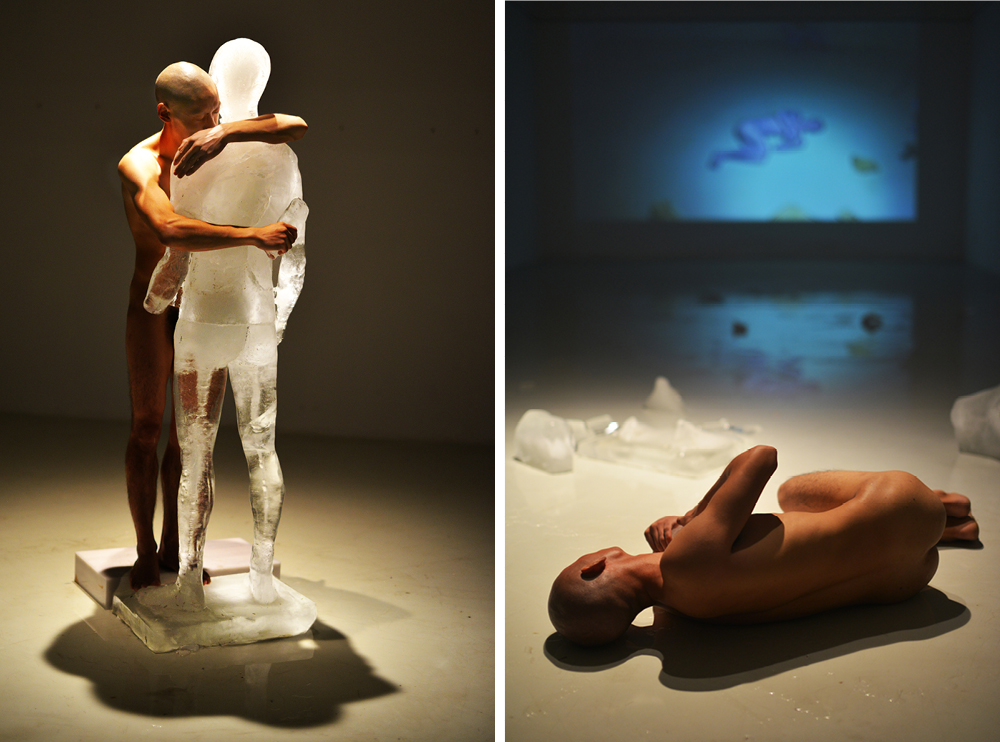
In the few years that the K11 Art Village has been offering residencies, artists have already found success, exhibiting not only in Beijing and Shanghai, but in Norway, the Netherlands, Japan and at the Venice Biennale in Italy. It is clear that the Art Village plays an important role in incubating the next wave of young artistic talent in China. In giving artists the crucial time and space necessary to experiment and develop their style, and, by bringing together some of this vast country’s brightest young artists, the Village could come to engender new movements, shaping the future of Chinese art and therefore art around the world.
“We want to expose Chinese artists, domestically and internationally, we want to build a platform,” Cheng says. “But we also want to say Chinese artists are not just about China –it’s about being global. Art is about global, it’s not about being limited by one boundary or border.”




